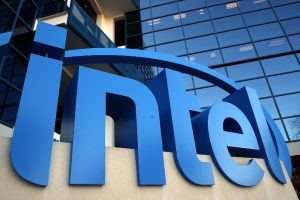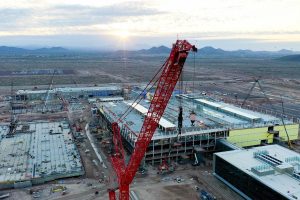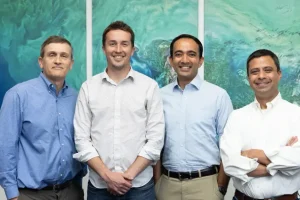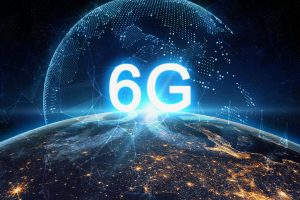
“We’re bringing back the execution discipline of Intel – the Grovian culture,” said Gelsinger who spent the first 30 years of his career at Intel under its first three CEOs: Bob Noyce, Gordon Moore and Andy Grove.
Gelsinger has lost none of the ebullience which earned him the soubriquet Kickin’ Pat and he appears to be relishing the chance to return Intel to its glory days.
He’s mandating a yearly cadence for process technology development and promises “leadership products in every category in which we participate”.
“We feel good that we righted the ship at 7nm and that we are on a good course,” he said.
His big announcement was a return to the foundry business with two new fabs in Arizona costing $20 billion and a separate foundry unit with its own P&L called ‘Intel Foundry Services’.
Asked if the government was providing support for these fabs he replied: “It’s an Intel strategy full stop. It’s not dependent on any outside source. We’re making these commitments without commitments from the government.”
He sees the foundry TAM for Intel as worth $100 billion by 2025 with the growth mostly coming from HPC.
Another big announcement was a process and packaging R&D hook up with Intel’s old ally, IBM.
As well as the Arizona fab expansion he’s planning fab investments of $17 billion in Ireland and Israel.
For the current year Gelsinger sees revenues of $72 billion at a gross margin of 56.5%.
A final announcement was a resurrection of IDF under the new guise of ‘Intel ON’.
“In a few short weeks we’ve accelerated the pace,” concluded Gelsinger, “the old Intel is the new Intel.”
 Electronics Weekly Electronics Design & Components Tech News
Electronics Weekly Electronics Design & Components Tech News




Pat Gelsinger reached into his hat for the magic rabbit. No rabbit.
Intel’s problem is monolithic design of multi CPU processor chips. The more CPU’s on a chip the larger the chip. The larger the chip the more likely a manufacturing error that ruins the whole chip.
AMD solved this problem with modular construction. Each AMD CPU chip is identical and they assemble into an eight chip unit with a central memory storage, artificial intelligence, communications hub. The eight CPU AMD unit size is 110 square millimeters. The size of an assembled 64 CPU server module is >1000 square millimeters.
Each AMD chip is built with redundancy for every function. The chips are tested and faulty functions can be fused off. The chips not perfect can be sold as low to medium performance consumer chips. The perfects are sold for workstations, servers, and super computers. Thus AMD is able to sell every chip made. That is 650 revenue chips from a 30 cm wafer.
AMD developed the technology over a ten year period. A data communications fabric called Infinity Connect makes every CPU aware of the memory status being accessed by every other CPU. This is called Unified Memory Architecture. All CPU’s share the same memory without interfering or overlapping use of memory. AMD has all the patents. The feat is difficult to achieve.
Intel hired chip architect Jim Keller, who formerly worked at Apple, and AMD, to develop modular construction. Jim quit after two years. Either intel would not fund a ten year project that could not be guaranteed, or Jim Keller refused to violate AMD patents. My guess is both.
Intel cannot manufacture 1000 square millimeter chips. The largest practical size is around 300 square millimeters and yields are low because most have defects.
Intel made a separate error in manufacturing. Intel did not purchase extreme UV lithography equipment from ASML because of the high cost of each stepper. As I under stand extreme UV light is produce by burning copper particles with lasers and the copper emits a single frequency of pure light that is perfect for fine line lithography. Instead intel depended upon interference patterns of longer wavelength light to produce light that is not good enough for Star Kist. Too many defects result. Double double toil and trouble. Pot burn and cauldron bubble.
Late 2020 intel went hat in hand to ASML and asked to purchase extreme UV equipment. ASML said, sorry, TSMC purchased our entire production for the next two years. Get in line and wait.
Intel asked TSMC to fabricate as foundry for Intel. TSMC and Intel are direct competitors in the foundry business. If TSMC devoted half their manufacturing for Intel then Intel could at any time pull the order and manufacture themselves. Of course TSMC said not no, but Heck no! TSMC manufacturing for AMD can easily manufacture for the entire x86 market without Intel.
Intel aspires to foundry work. Intel cannot be trusted with proprietary intellectual property. They can make thermostats, toasters, auto parts, and Tickle Me Elmo dolls.